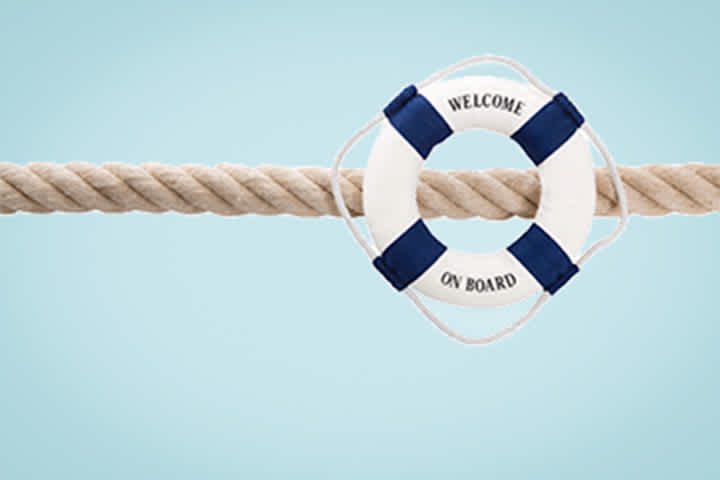Why investing for your child is a good idea
Keytrade Bank
keytradebank.be
May 09, 2019
3 minutes to read
An envelope on New Year or some pocket money in return for an excellent school report... Parents have their own way of giving their children a little something extra. Apart from the occasional treat, they often opt for setting up a standing order to a savings account, just as their parents did when they were children.
A savings account, then, can be compared to apple sauce in the sense that many children become used to it at a young age. Previously that was also the logical step to take, as interest rates on savings accounts easily climbed above 5% some years. And thanks to compound interest - which Albert Einstein once called the eighth wonder of the world - children were able to build up a decent starting capital.
That was then. For many years now, most Belgian savings accounts have yielded z0.11%. And given that inflation in our country is currently hovering around 2%, savings are losing a considerable chunk of their value. While you pay roughly 2% more on average over one year for your child’s new skateboard, that delicious pancake when you go to town and that Shawn Mendes concert ticket, savings are rising at a much slower pace.
Will the high interest rates ever come back? Perhaps. Will they return this year? No. Will they return next year? No. Given the European Central Bank's continuing low interest-rate policy and the modest growth in Europe, the chance of an improvement in the coming years is very small.
If you would prefer to make the euros you're saving for your children grow at a faster pace, you should look for alternatives. The message here is that you should put money aside in a timely manner so that it can grow quicker through investing now that interest rates are so low. But how? There may well be potentially higher returns linked to investments, but they also entail a risk. And we generally don’t like combining children with risks. Many parents are reluctant to do so. Yet there is a solution which limits the risks and can achieve an attractive return: periodic investments, such as with a KEYPLAN.
By regularly investing, you spread your investments over time and therefore spread the risks, too. Because although investing involves a higher risk than saving, you have an important asset in your hands: the long investment horizon. You should not invest to speculate in the short-term, but rather invest for returns in the long-term. You can then easily set a horizon or at least 10 or even 20 years for your child, which gives you enough room to absorb any dips in the stock markets. You must remember that although the markets fluctuate up and down in the short-term, their behaviour is somewhat predictable in the long-term. Despite all the crises in the last hundred years – from the Great Depression to the credit crisis – you can see a clear upward trend over the long-term.
Furthermore, if you invest regularly and therefore make periodic deposits, you avoid an untimely investment having a negative impact on the return years down the line. With a KEYPLAN, you determine how often you wish to invest (monthly, quarterly, every six months or annually) and the amount you wish to put in (from 25 euros per year), meaning you invest gradually and you spread the risk. However, it is important that you stick to this frequency – even if the stock markets are suffering, as that's often when opportunities present themselves.
Once you've established the frequency and amount of your investments, one crucial question remains: what do you invest in? To answer this, you don’t need to sift through The Wall Street Journal every day. With a periodic investment plan, you invest in funds (a ‘basket’ of dozens of shares and/or bonds) managed by professionals. And with a KEYPLAN, you can opt for a defensive, balanced or aggressive investment plan. Alternatively, you can also compile your own plan from a selection of 40 funds. If you opt for an aggressive plan, the investment risks are, of course, higher, but the same applies to the potential return, too. The opposite applies to a defensive plan.


